TONY Public Road Testing!
Today, the partnership of Perrone Robotics, Jaunt, Inc., and Albermarle County announced the commencement of on-road testing for our TONY shuttle service for Crozet.
Milestone Reached
There are several interesting aspects to this story. First, the testing represents a milestone for the TONY shuttle that will be used in Crozet and other communities across the US. As the initial TONY GEM vehicle, the shuttle required engineering and design work to locate and install sensors and Perrone Robotics' robotic controls for the vehicle itself. Compute hardware and cabling had to be designed and located for reliability with a clean look and feel. Then a significant amount of testing on our private test track before road testing could commence. As always in these early stages, we have our safety monitor onboard who carefully observes all vehicle interactions and who can take charge if desired.
Advanced Testing Considerations
The second aspect of the testing is to evaluate TONY's responses when faced with every day challenges. Cars approach at intersections, joggers run in the street, bicyclists ride more or less on the side of the road, and often cars or trucks are parked on the edge of the road partially blocking the lane. These are expected occurrences when you or I drive on the road, and we certainly expect TONY to handle them too.
Digging deeper, we not only expect good performance on typical cases but also on more unusual scenarios. In our past experience with automotive testing, what typically happens is that a narrow set of circumstances are tested over and over again to ensure the core function works. For example, perhaps you are testing how well you pass a vehicle partially blocking the lane. You can test this 100 times with the same car or a few different model cars along the same stretch of road. This is good testing for reliability and correctness in this case.
But what about a curve to the right? To the left? An S curve? Close to an intersection? All of these cases are equally likely in real world driving. As we know how the system is programmed to respond, we look for test cases which ensure that our software handles a much wider range of issues correctly and safely. In the complex world of autonomy, knowing how our code works is an important part of the testing and is something not always considered by standard automotive testing. Our goal is to satisfy ourselves and the community that our TONY shuttle will behave safely in the unpredictable world of driving.
Finally, we are also testing how best to respond to emergency vehicles in concert with our County emergency teams. We have a variety of techniques we are exploring: sound, flashing lights, and even messages from the vehicle itself requesting that we pull over. There are no standard solutions today, but we will continue to work on ensuring our autonomous vehicles respect the need for emergency vehicles to be granted the right of way on approach.
We have a variety of techniques we are exploring: sound, flashing lights, and even messages from the emergency vehicle itself requesting that the TONY shuttle pulls over. While there are no standard solutions today, we will continue to work with the County personnel to ensure that our autonomous vehicles respect the need for emergency vehicles to be granted the right of way and other priority in emergency situations.
Looking Forward
Throughout this effort Perrone Robotics is applying its years of experience with other vehicles driving on and off public roads across the US and elsewhere. With our approach all of that learning is built into TONY and we'll continue to extend our models to deliver the best possible service. Stay tuned for more information on our progress and of course the launch of the public service coming in the weeks ahead!

